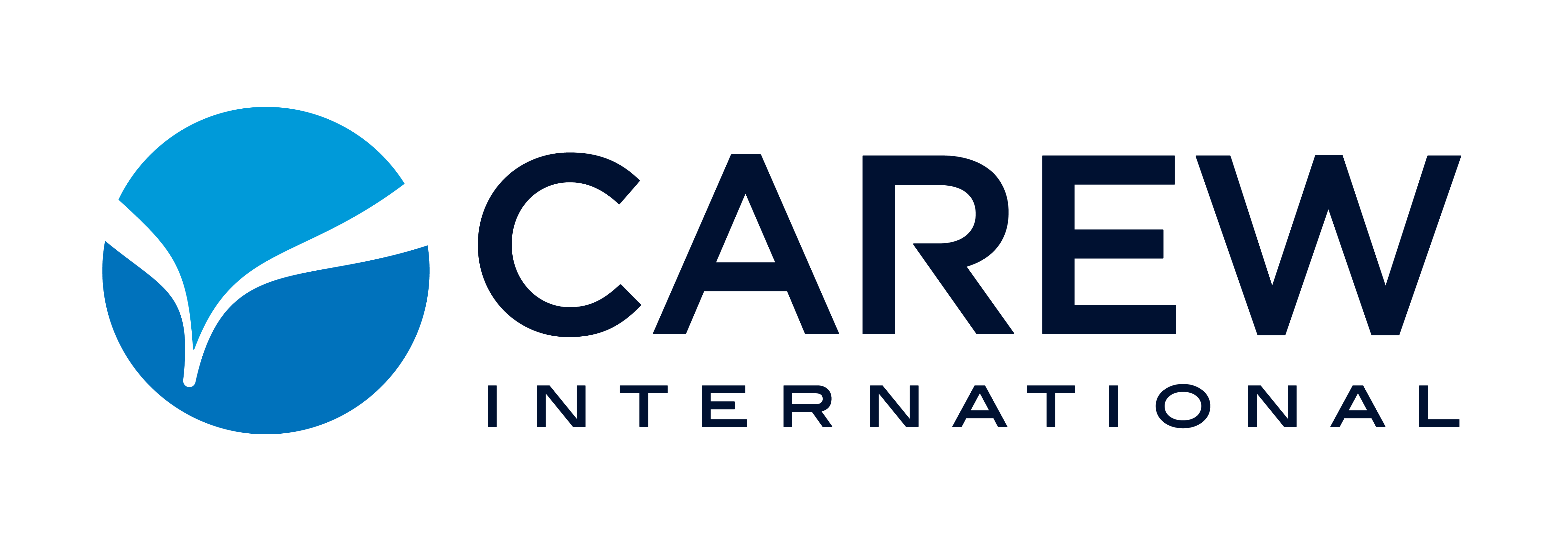Embarking on a training program is a bit like planting a seed – it can grow into something significant, but only if it’s nurtured properly.
As someone who has been integrated into the world of sales, customer service, and leadership, I know that training isn’t just about the time spent in the classroom; it’s about making the training “stick” – transitioning from classroom instruction to internalization and application.
Here’s how to bridge that gap:
Contextual Learning
Adult learning thrives on relevance. Contextual learning means aligning training scenarios with the real-world challenges that organizations and participants face.
By incorporating actual case studies and role-playing exercises that mirror day-to-day activities, you’re not just teaching concepts but embedding them into the learner’s experience and making them immediately applicable.
Through in-depth client interviews, our Client Partners do a fantastic job creating the necessary customization for case studies, role-plays, use cases, and structured experiences so that training is relevant and applicable to each client.
Active Participation
Passive listening doesn’t foster retention. The more actively engaged participants are during training, the deeper the learning.
Carew uses techniques such as collaborative group exercises and interactive role-plays to make training more enjoyable and ensure learners are mentally and physically involved in the process, aiding in memory retention.
Incremental Learning
Bite-sized learning helps make information more digestible. Breaking down complex concepts into manageable modules allows learners to build upon what they’ve learned gradually, reinforcing knowledge without overwhelming them.
This approach is fundamental in all Carew training programs, where participants complete various modules that cumulatively enhance their skills.
Continuous Reinforcement
Training is not an event but a process. Studies show that training must be reinforced for 24 months; this includes continual reinforcement through follow-up sessions, digital learning aids, and ongoing coaching to ensure that skills are refined and not forgotten. It’s the difference between a temporary spike in ability and a permanent elevation in performance.
Reinforcement is a top priority for our team. All Carew training programs include access to a personalized digital Smart Room powered by our partner JourneyDXP. Smart Rooms facilitate our holistic training experience by providing a communication and collaboration hub for training and reinforcement before, during, and after workshops.
Additionally, we offer:
- Post-training evaluations and consultation services
- A 25-week training reinforcement email series delivering helpful tips, insights, and reminders on the concepts, tools, and frameworks learned during training
- Message from the Mentor™ and Leader’s Digest™ bi-weekly newsletters featuring sales/leadership tips, advice, and inspiration related to training concepts
- Our social platforms not only engage with our clients but also to share relevant training insights and allow them a space to connect and network with other program participants
- A Trainer Certification Workshop™ that equips personnel at the client organization to successfully deliver Carew training programs internally
- Carew Coach™ to assist in leadership development and creating a sales strategy
- Carew OnDemand™
Peer Learning
We often learn best from our peers. Encouraging participants to share their experiences and learn from each other creates an environment of mutual growth.
Peer learning can take the form of discussion forums, study groups, or social media communities (like Carew’s Dimensions of Professional Selling® Graduates LinkedIn group), fostering a collective journey towards professional development success.
Personal Development Plans
Again, customization is key. Every individual has unique strengths and areas for improvement. Personal development plans that arise from training allow participants to set goals and track their progress. These plans serve as a roadmap from where the skills are now to where they need to be internalized and applied consistently.
Accountability Structures
What gets measured gets managed. Holding participants accountable for applying what they’ve learned by setting KPIs related to the training can drive application. Sales metrics, customer satisfaction scores, and leadership benchmarks can all serve to anchor the training in measurable outcomes.
Celebrating Success
Recognition fuels motivation. Celebrating milestones and successes post-training reinforces the value of the new skills and encourages continued application. Acknowledging progress is vital for long-term adoption, whether through formal recognition programs or informal accolades.
Integration with Culture
Finally, for training to truly stick, it must align with the organization’s culture. When a company’s values and practices support the behaviors taught in training, it creates a conducive environment for those behaviors to thrive.
It’s about creating an ecosystem where continuous learning and training application are part of the organizational DNA.





